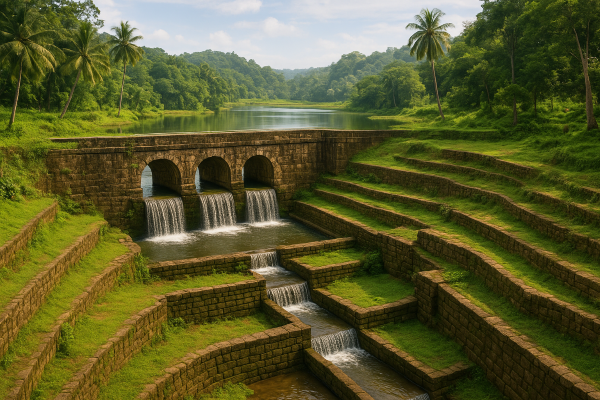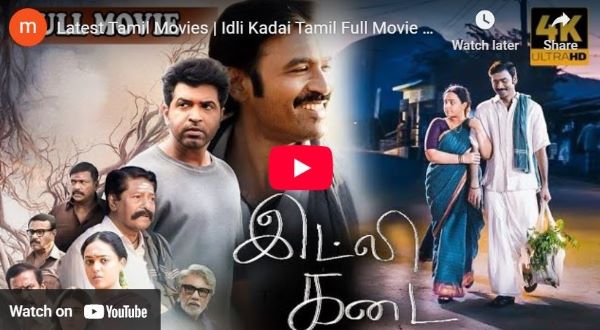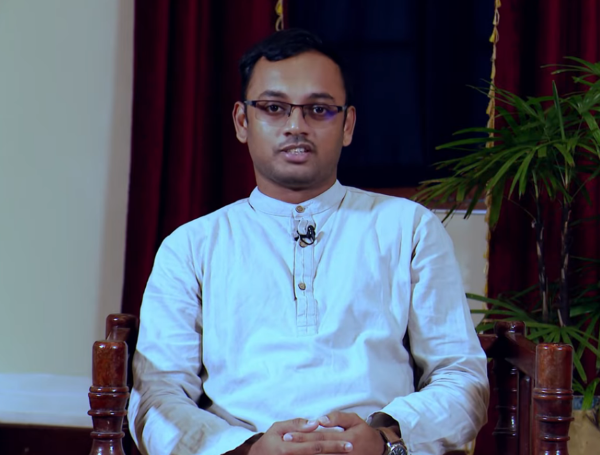The Engineering Genius Behind Sri Lanka’s Ancient Irrigation Systems – By Malsha – eLanka

Sri Lanka, often celebrated for its natural beauty and cultural richness, also holds one of the world’s most sophisticated ancient engineering legacies — its irrigation systems. Dating back over 2,000 years, these hydraulic marvels demonstrate the brilliance, precision, and foresight of early Sri Lankan engineers who transformed an island of seasonal rainfall into a flourishing agricultural civilization.
A Vision Rooted in Sustainability
The foundation of Sri Lanka’s irrigation heritage was laid during the Anuradhapura Kingdom (377 BC – 1017 AD), where rulers like King Pandukabhaya and King Dutugemunu recognized the importance of water management for agriculture and livelihood. The ancient engineers designed systems that did not merely capture rainwater — they stored, distributed, and recycled it with remarkable efficiency, ensuring a year-round water supply for paddy cultivation even in arid regions.
The Marvel of Tanks and Reservoirs
The term “wewa” (tank) is deeply rooted in Sri Lankan culture. These reservoirs, both large and small, were designed to capture monsoon rain and store it for use during the dry season.
Some of the most remarkable examples include:
-
Kala Wewa (built by King Dhatusena in the 5th century AD): Spanning over 6,000 acres, it fed the massive Jaya Ganga canal, carrying water nearly 90 kilometers to Anuradhapura — with a gradient so precise it fell only about 6 inches per mile.
-
Parakrama Samudraya (constructed under King Parakramabahu the Great in the 12th century AD): Often called the “Sea of Parakrama,” this vast reservoir is a combination of five interconnected tanks, embodying the king’s famous dictum — “Let not even a drop of rainwater flow into the sea without being used for the benefit of mankind.”
Ingenious Engineering and Design
The ancient irrigation systems of Sri Lanka reveal an advanced understanding of hydrology, topography, and environmental balance. Engineers constructed sluices, spillways, and bisokotuwa (a unique valve pit structure) to control water flow and pressure — a technology centuries ahead of its time.
The bisokotuwa, in particular, is considered one of the greatest innovations in hydraulic engineering. Functioning similarly to a modern valve chamber, it allowed controlled water release while preventing erosion of the reservoir embankment. This demonstrates the ancient engineers’ deep grasp of fluid dynamics and soil stability.
The Cascade System (Ellanga System)
Another hallmark of ancient Sri Lankan irrigation is the cascade system, where a series of small tanks were built along the natural slope of a valley. Water from one tank overflowed into the next, creating a self-sustaining chain that conserved every drop and recharged groundwater.
This ecological masterpiece balanced human needs with environmental protection — supporting wildlife, preventing floods, and maintaining soil fertility.
Harmony Between Man and Nature
What makes these systems truly extraordinary is their sustainability. Ancient Sri Lankan irrigation was not only about agricultural productivity; it reflected a philosophy of coexistence with nature. Tanks were often surrounded by catchment forests (wew kandas) to protect water sources, while silt traps and canals were maintained to preserve the system’s longevity for centuries.
Legacy and Modern Relevance
Many of these ancient tanks — from Tissa Wewa in Anuradhapura to Kandalama and Minneriya — still function today, integrated into modern irrigation networks. The durability of these constructions continues to astonish modern engineers and environmentalists alike.
In an era facing water scarcity and climate challenges, Sri Lanka’s ancient irrigation systems stand as a timeless reminder that true engineering brilliance lies in harmony, foresight, and sustainability.
Conclusion
The ancient engineers of Sri Lanka were not only builders but visionaries who understood the intricate relationship between humans, water, and nature. Their legacy — the vast network of tanks, canals, and reservoirs — remains one of the greatest achievements in the history of hydraulic civilization.
As the world looks for sustainable water management solutions, the lessons from Sri Lanka’s ancient irrigation heritage continue to inspire and guide us toward a more balanced future.




















